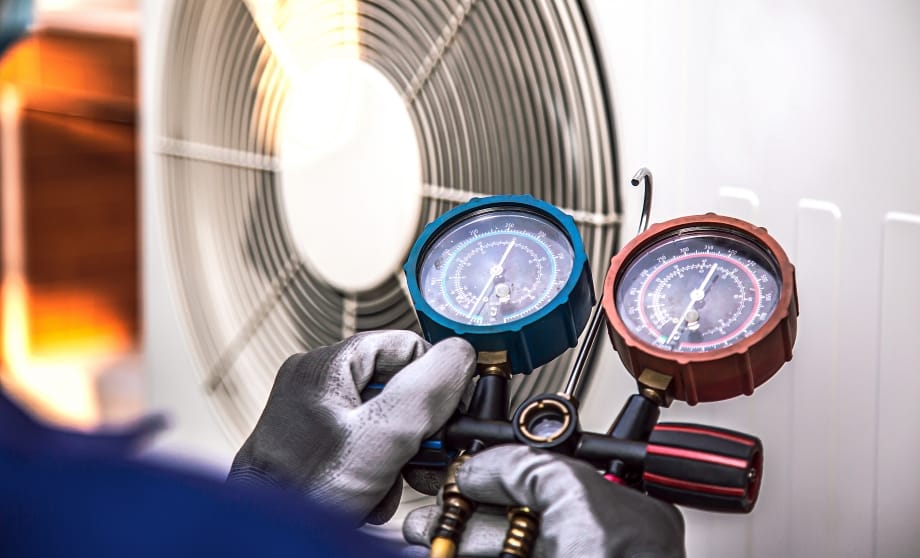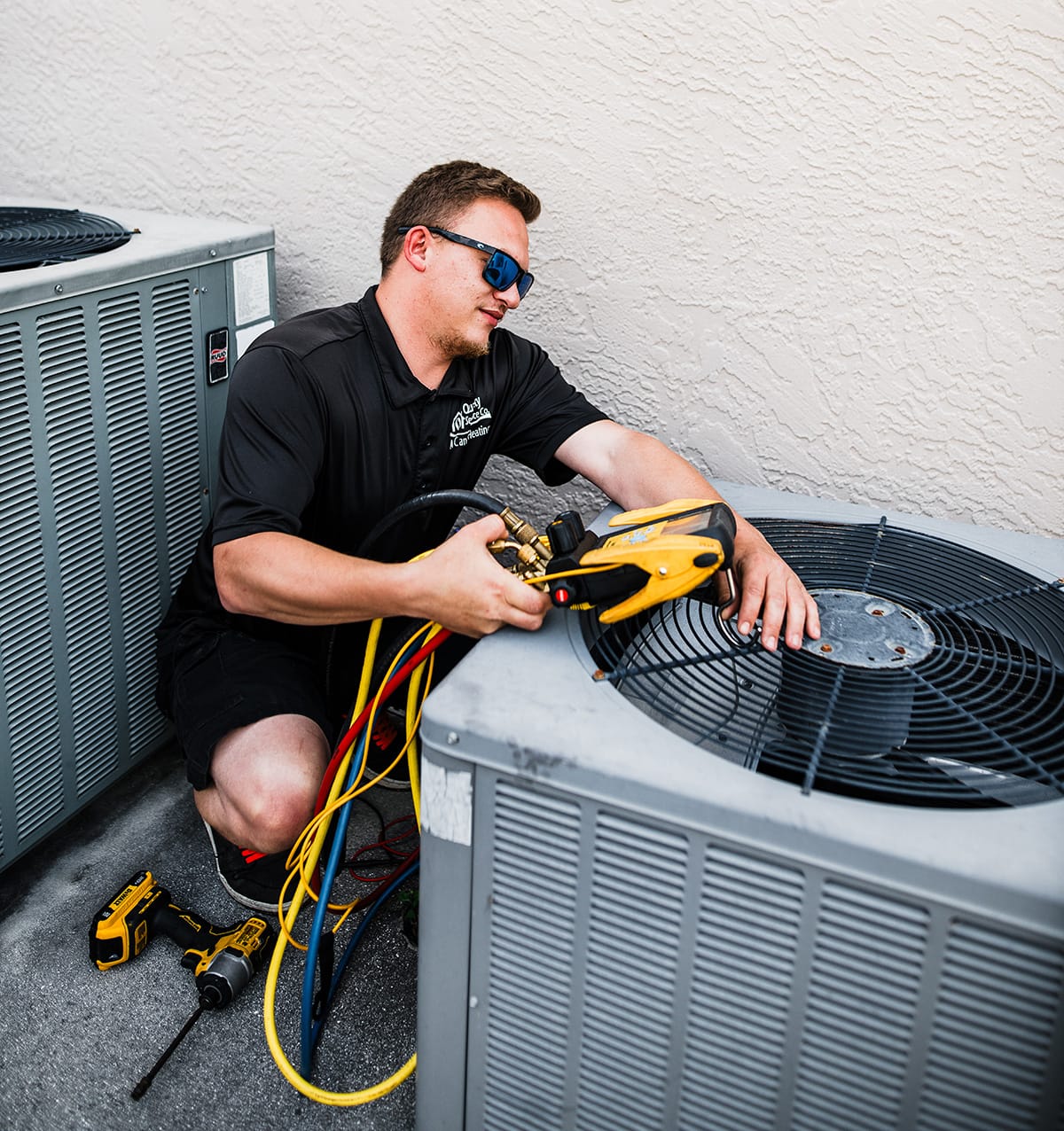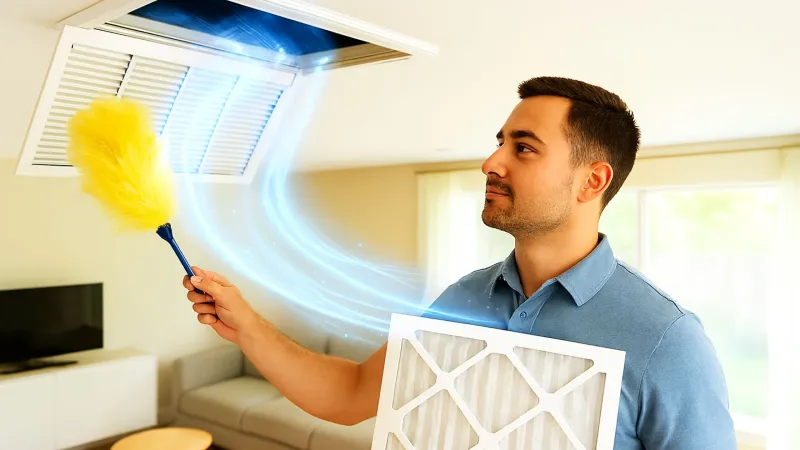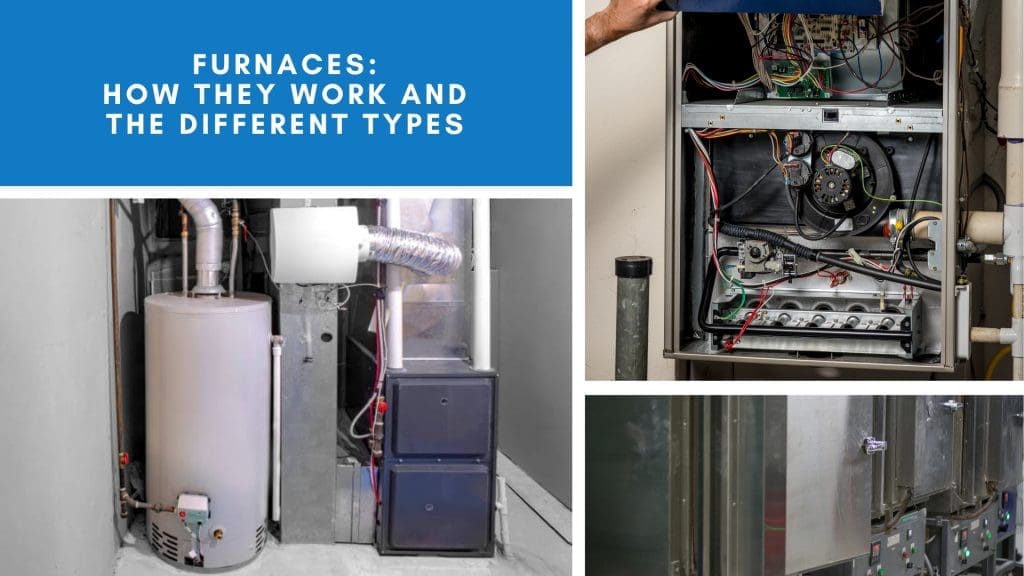Understanding static pressure is not just for HVAC professionals; it’s valuable knowledge for anyone who relies on these systems for comfort and efficiency. With the right Static Pressure Tools and understanding, you can diagnose and address issues before they become costly problems. This guide will walk you through the essentials, ensuring you can make informed decisions about your HVAC system, regardless of your technical expertise.

What is Static Pressure?
Static pressure is the resistance to airflow in your HVAC system’s ductwork. Think of it as the pressure that pushes back against the air being moved by the system’s fan. Too much static pressure can lead to inefficient operation, increased energy consumption, and even system failure. Conversely, too little static pressure can result in inadequate airflow and poor heating or cooling performance. Understanding static pressure is akin to understanding your car’s tire pressure – it needs to be just right for optimal performance.
The concept of static pressure may sound technical, but it’s fundamental to the efficiency and effectiveness of HVAC systems. Just like water flowing through a hose, air moves through ducts, and any resistance in this flow can lead to issues. High static pressure forces your system to work harder, shortening its lifespan and increasing your energy bills. On the other hand, low static pressure might mean your system isn’t delivering the air you need to stay comfortable. Balancing static pressure is therefore essential for maintaining comfort and efficiency in any building.
The Role of Static Pressure Tools
Static pressure tools, such as gauges and calculators, are essential for measuring and adjusting the pressure within your HVAC system. By accurately gauging the static pressure, you can identify potential issues and make necessary adjustments to ensure your system operates efficiently. Let’s explore some of these tools and their applications. These tools provide a window into the inner workings of your system, allowing you to catch problems early and adjust settings for optimal performance.
Static pressure tools serve as the diagnostics of your HVAC system, much like a thermometer for the human body. They help identify whether your system is operating within the recommended parameters. Regular use of these tools can reveal trends or sudden changes in pressure, signaling when maintenance or adjustments are needed. By incorporating these tools into your routine maintenance, you can extend the life of your system and avoid unexpected breakdowns.
Static Pressure Gauges
A static pressure gauge is a device used to measure the pressure within your HVAC system’s ductwork. It helps determine if the static pressure is within the recommended range for your specific system. Here’s a quick overview of how to use a static pressure gauge:
- Select the Right Gauge: Ensure you have a gauge that can measure the pressure range of your system. The accuracy of the gauge is crucial, as using an inappropriate tool can lead to incorrect diagnostics.
- Locate Measurement Points: Identify the points in your ductwork where you’ll take measurements. These are typically located before and after critical components like filters or coils. Proper placement of measurement points is essential for obtaining an accurate reading.
- Measure the Pressure: Attach the gauge to the measurement points and record the pressure readings. Consistent measurement practices can help identify trends in your system’s performance.
- Analyze the Results: Compare the readings to the manufacturer’s recommended static pressure range. If the pressure is too high or too low, adjustments may be needed. Understanding these readings allows you to take informed actions to correct any discrepancies.
By regularly using a static pressure gauge, you can maintain optimal airflow and system performance, reducing the risk of costly repairs and ensuring comfort in your home or business. Regular measurements can also help in predicting potential system failures, allowing for proactive maintenance. This not only saves money but also ensures that your HVAC system operates smoothly throughout the year.

Duct Static Pressure Calculator
A duct static pressure calculator is a handy tool that helps estimate the static pressure in your HVAC system based on ductwork design and configuration. This tool is especially useful for HVAC professionals when designing or modifying ductwork systems. Here’s how it works:
- Input Duct Details: Enter the dimensions, type, and length of each duct segment into the calculator. This provides a baseline for understanding how air will flow through the system.
- Include Additional Factors: Account for additional elements like duct turns, fittings, and transitions, as these can add to the overall static pressure. Each element in the system can affect airflow, so accuracy in input is crucial.
- Calculate: The calculator will provide an estimate of the static pressure in your system. This estimate helps in designing duct systems that meet the required specifications for optimal performance.

Understanding how many feet of static each duct turn adds to the system is crucial for accurate calculations. This knowledge helps in designing a system that maintains optimal static pressure, ensuring efficiency and performance. Such calculations are vital for ensuring that your HVAC system can handle the load and deliver air efficiently throughout the space. By using a duct static pressure calculator, you can optimize system design, avoid common pitfalls, and ensure that your system is both effective and efficient.
Common Causes of High Static Pressure
High static pressure can lead to several issues in your HVAC system, including reduced airflow, increased energy consumption, and potential damage. Here are some common causes:
- Dirty Filters: Clogged filters restrict airflow, increasing static pressure. Regularly replacing or cleaning filters can help prevent this issue. A clean filter ensures that your system can breathe easily and operate efficiently.
- Improper Duct Sizing: Ducts that are too small for the system can create excessive resistance, leading to high static pressure. This is a common oversight during installation that can have lasting impacts on system performance.
- Blocked Vents: Ensure that all vents and registers are open and unobstructed to allow for proper airflow. Blockages can cause uneven heating or cooling, leading to discomfort and inefficiency.
- Excessive Duct Turns: Each turn in the ductwork adds resistance, increasing static pressure. Minimize unnecessary turns to optimize airflow. Proper planning and design can significantly reduce the need for excessive turns.
By addressing these common issues, you can maintain the appropriate static pressure in your HVAC system, ensuring it operates efficiently and effectively. Regular checks and maintenance can prevent these problems from escalating, ensuring that your system remains reliable and efficient. Addressing these causes not only improves system performance but also enhances indoor air quality and comfort.
Importance of Regular Maintenance
Regular HVAC maintenance is key to preventing issues related to static pressure. Scheduling routine inspections and tune-ups with a professional can help identify potential problems before they escalate. A trusted HVAC technician can use static pressure tools to assess your system and make necessary adjustments, ensuring your comfort and peace of mind. Proactive maintenance can also help extend the lifespan of your system, providing better return on investment over time.
Regular maintenance goes beyond just checking static pressure; it encompasses a comprehensive assessment of your entire system. This includes checking for leaks, ensuring the thermostat is functioning correctly, and verifying that all components are in good working condition. By investing in regular maintenance, you not only prevent problems but also improve energy efficiency, reduce operational costs, and enhance indoor air quality. This proactive approach ensures that your HVAC system is always ready to meet your comfort needs.
Conclusion
Understanding static pressure and the tools used to measure it is essential for anyone looking to maintain an efficient and effective HVAC system. Whether you’re a business owner, a busy professional, or a stay-at-home parent, knowing the basics of static pressure tools can help you ensure your system’s performance and longevity. This knowledge empowers you to take control of your HVAC system, ensuring it meets your needs without unnecessary costs or disruptions.
At LC Heating and Air Conditioning, we pride ourselves on our expertise and commitment to customer satisfaction. If you have questions about your HVAC system or need professional assistance, don’t hesitate to reach out. We’re here to help keep your home or business comfortable year-round. Our team of experts is ready to provide guidance and support, ensuring that your HVAC system operates at its best.
For more information or to schedule a service, visit http://www.lahvaclc.com or call us at (818) 858-7080. Trust in our experience and dedication to quality service to keep your HVAC system running smoothly. We look forward to partnering with you in maintaining a comfortable and efficient environment for your home or business.


